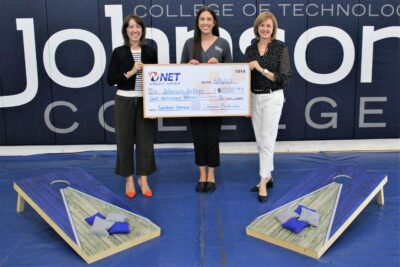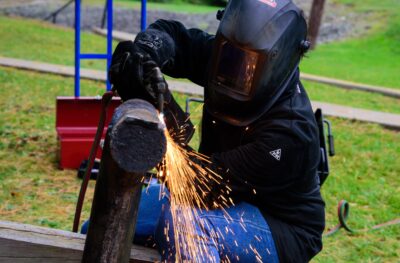Peoples Security Bank & Trust has pledged $150,000 to Johnson College in support of its $5 million comprehensive, five-year capital campaign, Innovation at Work.
Peoples Security Bank & Trust has provided continued support for student programs and scholarships at Johnson College through its monetary contributions.
“Peoples Security Bank & Trust is inspired by Johnson College’s vision to be an innovative, experiential, and multi-disciplinary technical hub for the next generation of trailblazing leaders across all industry sectors,” said J. Patrick Dietz, Johnson College Board Chair and Senior Vice President of Peoples Security Bank and Trust. “The college has an extensive history of both nurturing and advancing the career paths of some of the brightest young minds, and the Bank is pleased to bestow a gift that will help to unlock the full potential of the Innovation at Work capital campaign, broadening access to valuable resources and programming for all students.”
The Innovation at Work campaign consists of four components that will create an environment for continued growth and success: the construction of Ideal Saldi Hall, a new gateway building that will become the official entrance to the campus and include new lab and classroom spaces; the expansion of Woolworth Hall, which houses on-campus lab space for programs including Heating, Ventilation, and Air Conditioning and Electrical Construction Technology; the creation of a Transportation Education Center; and support of the College’s Annual Fund and student scholarships. For more details about the Innovation at Work campaign, visit johnson.edu/innovationatwork.
Pictured left to right: Joseph Ferretti, Executive Vice President, Peoples Security Bank & Trust; Karen Baker, Senior Director of College Advancement, Johnson College; Dr. Katie Pittelli, President & CEO, Johnson College; and J. Patrick Dietz, Johnson College Board Chair and Senior Vice President, Peoples Security Bank and Trust.









